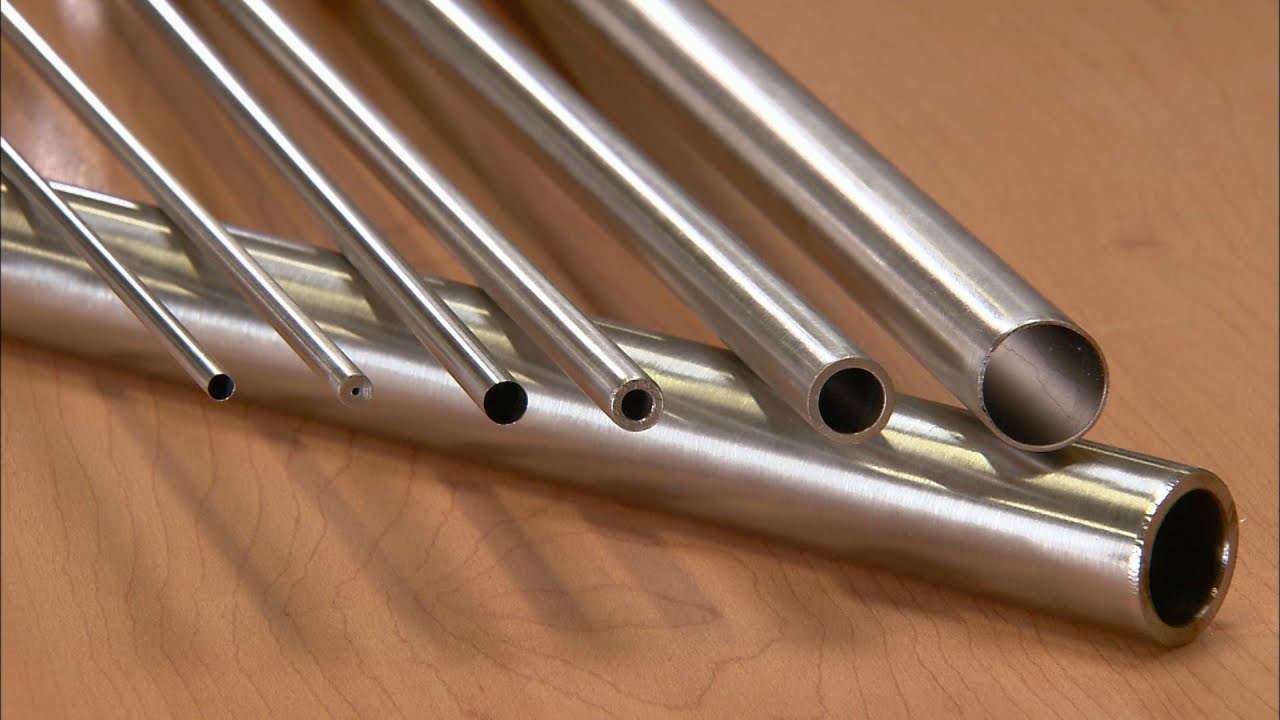Introduction:
Stainless Steel 904L Pipe is a high-performance material that finds extensive use in various industries due to its exceptional corrosion resistance and durability. However, working with this alloy demands precise fabrication techniques to ensure optimal performance and longevity. In this guide, we delve into the essential fabrication methods tailored for Stainless Steel 904L Pipe, offering insights into best practices and key considerations.
Understanding Stainless Steel 904L Pipe:
Stainless Steel 904L Pipe, renowned for its high chromium, nickel, and molybdenum content, exhibits remarkable resistance to a wide range of corrosive environments, including those containing sulfuric acid and chloride ions. Its superior mechanical properties make it suitable for critical applications in industries such as chemical processing, pharmaceuticals, oil and gas, and desalination plants.
Fabrication Techniques:
Welding:
Welding is a fundamental process in the fabrication of Stainless Steel 904L Pipe. However, due to the alloy’s high alloying elements, special precautions must be taken to maintain its corrosion resistance during welding. TIG (Tungsten Inert Gas) welding with low heat input is commonly preferred to minimize the risk of sensitization and intergranular corrosion. Additionally, using filler metals with matching composition, such as ER385, ensures optimal weld integrity and corrosion resistance.
Forming:
Stainless Steel 904L Pipe can undergo various forming processes, including cold forming, hot forming, and bending, to achieve desired shapes and dimensions. Cold forming techniques, such as cold rolling and cold drawing, are preferred for intricate shapes and tight tolerances, while hot forming methods, like hot rolling and hot extrusion, are suitable for larger dimensions and thicker walls. Proper lubrication and controlled deformation temperatures are critical to avoid work hardening and maintain the alloy’s mechanical properties.
Machining:
Machining operations, such as drilling, milling, and turning, are often required to fabricate Stainless Steel 904L Pipe components with precise dimensions and surface finishes. Due to the alloy’s high work hardening rate, carbide tooling and adequate coolant application are essential to minimize tool wear and ensure efficient material removal. Additionally, maintaining low cutting speeds and feeds helps prevent overheating and distortion of the workpiece.
Conclusion:
Mastering fabrication techniques for Stainless Steel 904L Pipe is essential for ensuring the reliability and performance of critical infrastructure in various industries. By understanding the unique properties of this alloy and employing specialized welding, forming, and machining processes, manufacturers can fabricate high-quality components capable of withstanding harsh operating conditions. Whether it’s constructing chemical reactors, desalination equipment, or offshore platforms, Stainless Steel 904L Pipe remains a top choice for demanding applications where corrosion resistance and durability are paramount.





